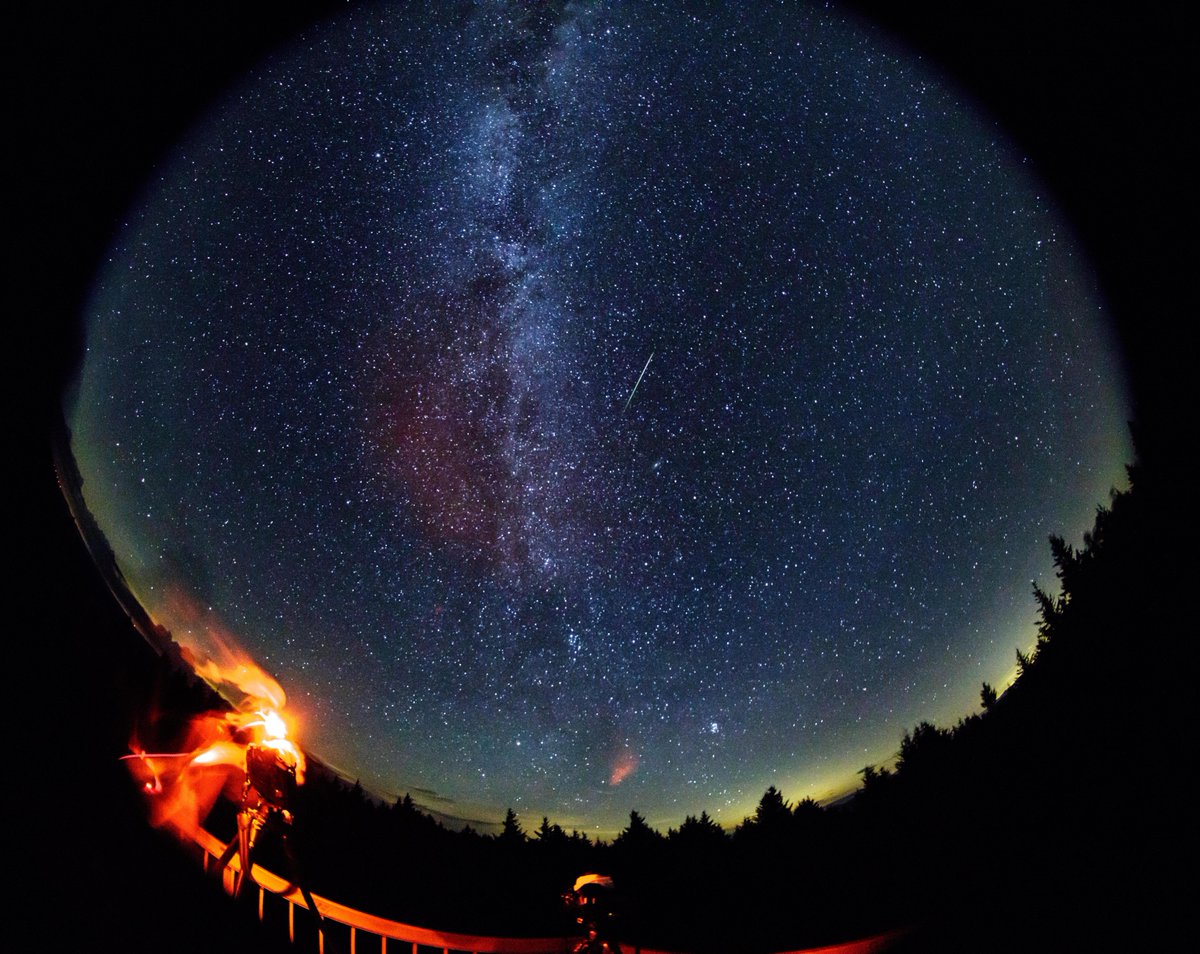This weekend, the Northern Hemisphere will experience the peak of the Perseid meteor shower, renowned as one of the most significant meteor showers.
The Perseid meteor shower, renowned as one of the largest meteor showers, will grace the skies on August 12th, as Earth ventures through the most densely populated remnants of comet Swift-Tuttle’s trajectory. NASA meteor scientist Bill Cooke, as cited by the Associated Press, explains that under clear, dark skies just prior to dawn, observers might anticipate witnessing approximately one Perseid meteor each minute.
According to NASA, the Northern Hemisphere offers the optimal vantage point for observing the Perseid meteor shower. Noted for its elevated meteor rates and pleasant late-summer climate, this shower is often regarded as the year’s premier meteor display.
NASA recounts a significant occurrence in which the Perseid meteor shower forced a delay in a Space Shuttle launch. In 1993, concerns over heightened meteor shower activity led to the postponement of NASA’s STS-51 launch. NASA emphasizes that even the smallest fragment of debris could potentially damage a spacecraft in Earth’s orbit during an intense meteor shower.
What Defines the Perseids? An annual late-summer phenomenon, the Perseids stand among the most substantial meteor showers. Earth’s passage through space debris fields instigates meteor showers. In the case of the Perseids, these celestial fireworks result from the shedding of dusty debris by comet Swift-Tuttle—a substantial amalgamation of ice and rock—along its solar orbit. When these particles collide with Earth’s atmosphere, they ignite, generating the luminous streaks recognized as meteors. The Perseid meteor shower derives its name from the constellation Perseus, as these meteors appear to radiate from this particular region of the sky.
When and How to Observe the Perseid Meteor Shower Lead scientist of NASA’s Meteoroid Environment Office, Bill Cooke, outlines the prospects for meteor observation in the United States. Cooke estimates that individuals in the US may anticipate spotting around 40 Perseid meteors per hour just prior to dawn on the peak nights. He suggests venturing to the countryside, away from the illumination of urban and suburban areas, for optimal viewing conditions. As NASA clarifies, the increased brightness of suburban locales substantially diminishes meteor visibility, resulting in an expectation of 10 or fewer meteors per hour.
While the meteor shower is already underway this year, the zenith of the display is anticipated over the upcoming weekend, reaching its pinnacle from Saturday night through Sunday morning. Commencing around 11 pm local time on Saturday, a modest number of meteors will become visible, possibly one every 15 minutes, as approximated by Cooke. As the hours progress, meteor frequency is projected to escalate, culminating just prior to dawn on Sunday, creating a spectacular display of meteors strewn across the night sky.
For an optimal experience of the Perseid meteor shower, clear skies and a lack of light pollution are requisite elements, making the Northern Hemisphere the prime observation point.
(Contributions from Associated Press and NASA)

